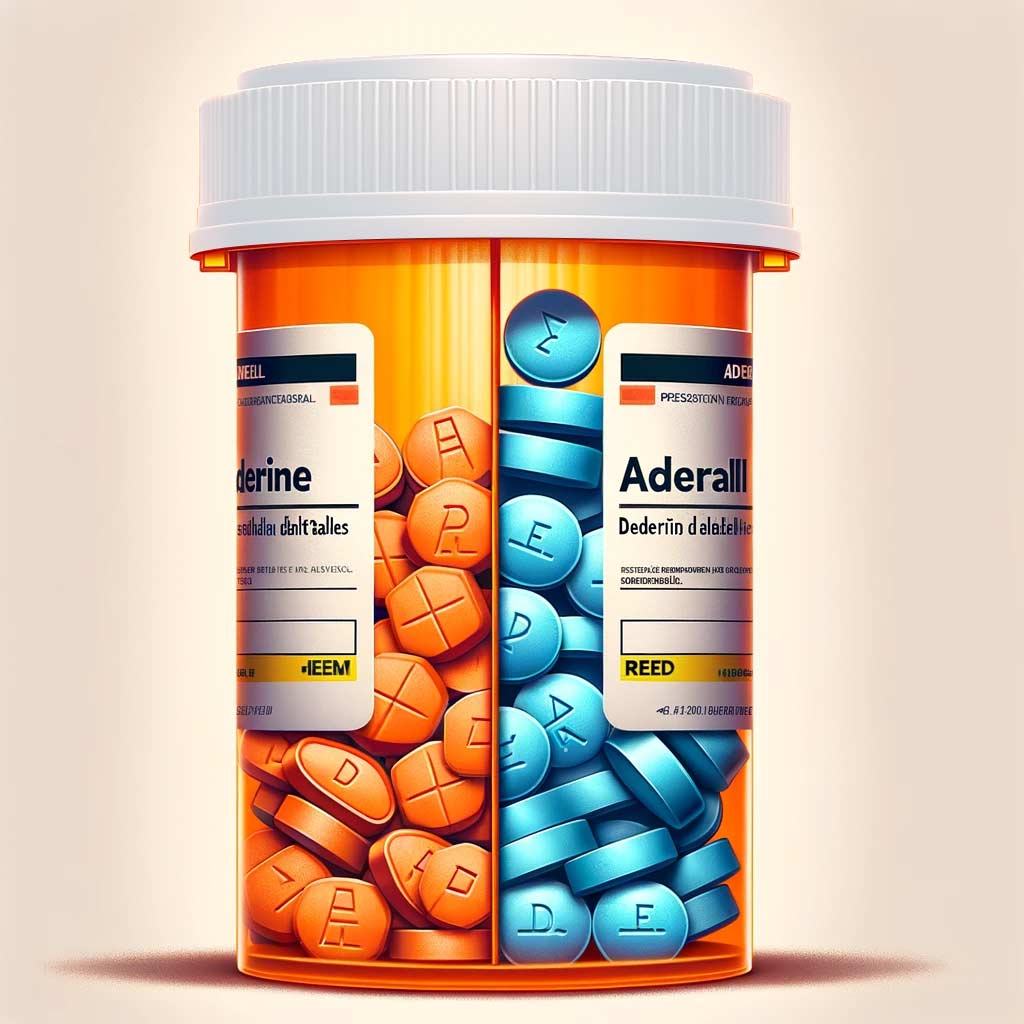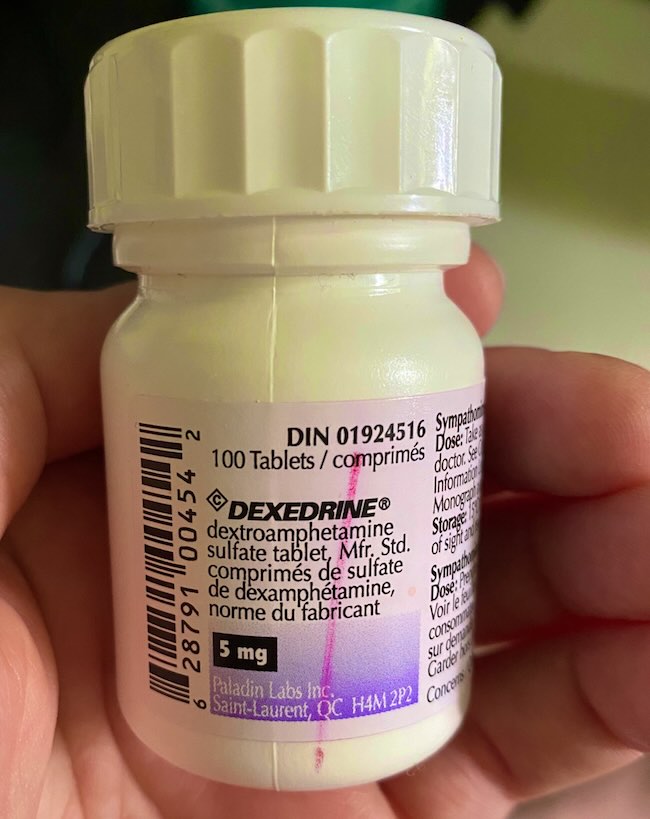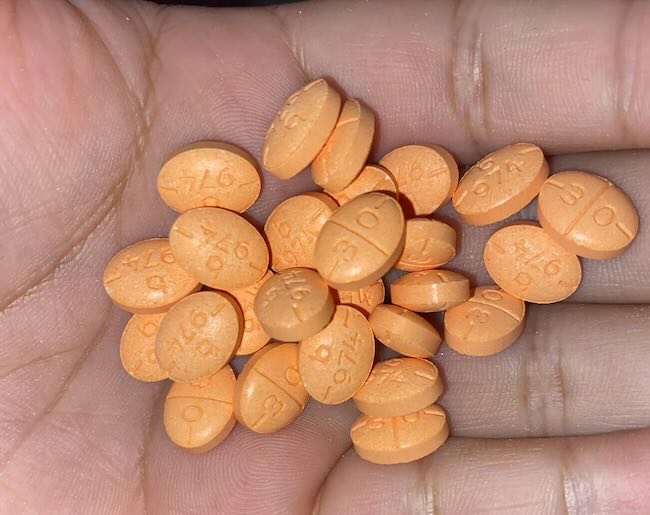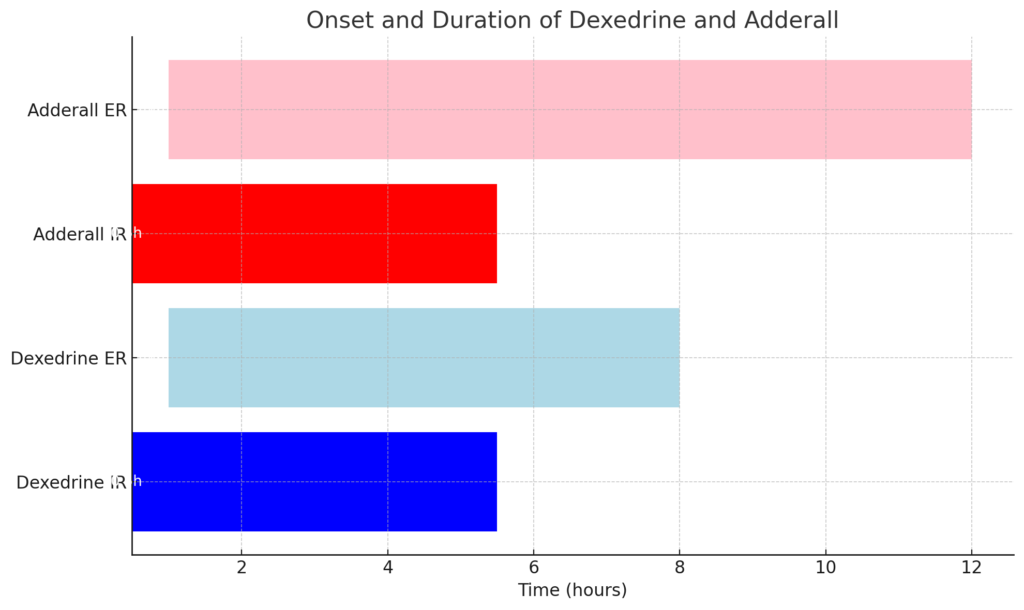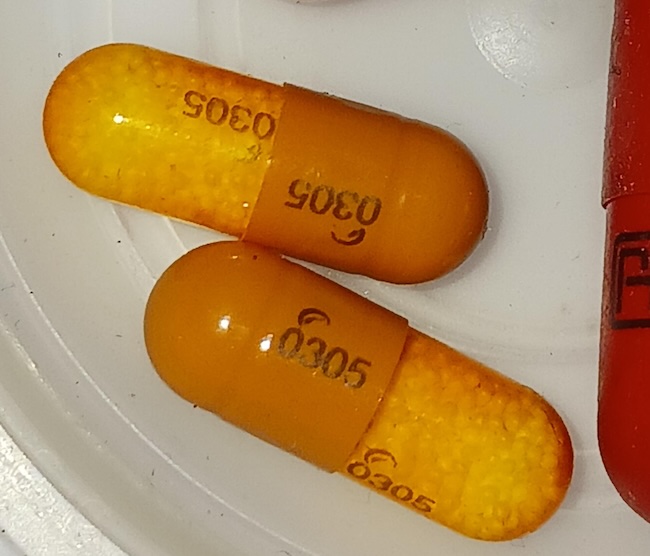Are you prescribed Dexedrine or Adderall and wondering why your doctor chose one over the other? Perhaps you’ve come across the term “Dexies” as a party drug or heard Adderall referred to as a “study buddy.” This comparison of Dexedrine vs Adderall has left many individuals questioning which medication is stronger, which has fewer side effects, and how they differ in effectiveness.
Both medications are commonly used to treat ADHD, but their unique chemical compositions, dosing options, and reputations often make people wonder which is better suited for their needs. According to the Journal of Attention Disorders, Adderall remains one of the most widely prescribed medications for ADHD, while Dexedrine is a lesser-known yet highly effective alternative. If you’re asking, what is the difference between Dexedrine and Adderall, this article will provide the insights you need.
Dexedrine vs Adderall: A Comprehensive Comparison
Dexedrine and Adderall are two stimulant medications commonly prescribed for ADHD and narcolepsy. Both medications target similar neurological pathways to improve focus and alertness, yet they differ significantly in their formulation, dosage, potential for abuse, and side effects. Understanding these differences is crucial for informed treatment decisions.
Dexedrine: Focused Targeting
Dexedrine consists entirely of dextroamphetamine, the more potent isomer of amphetamine, which is responsible for heightened focus and alertness. This pure composition makes Dexedrine particularly effective for individuals who require a precise, targeted impact without the broader stimulation provided by Adderall’s mixed salts. Some patients report that Dexedrine’s effects feel “cleaner,” with fewer emotional or physical side effects, making it suitable for those sensitive to jitteriness or anxiety.
“Dextroamphetamine’s potency allows for a more focused effect, often reducing overstimulation,” said Dr. Alan Goodman, a psychiatrist specializing in ADHD.
Adderall: Balanced Stimulation
Adderall, by contrast, combines dextroamphetamine and levoamphetamine. This blend creates a broader, more balanced stimulant effect that enhances focus while also providing physical energy. For some users, this combination is more beneficial in addressing both mental and physical symptoms of ADHD or narcolepsy. The dual-action nature of Adderall may also help individuals with comorbid conditions like depression or lethargy.
“The addition of levoamphetamine in Adderall extends its therapeutic range, making it suitable for a wider variety of ADHD presentations,” noted Dr. Rebecca Mann, a neuropsychiatrist.
Dexedrine vs Adderall: Dosage Forms and Guidelines
Both Dexedrine and Adderall are available in various dosage forms and strengths to suit individual treatment needs. Dexedrine is offered as immediate-release (IR) tablets and extended-release spansules, with strengths typically starting at 5 mg and adjusted as needed. Adderall is available in immediate-release (IR) tablets and extended-release (XR) capsules, with a similar starting point of 5 mg for most patients.
Medication Formulations Starting Dose Maximum Dose
| Medication | Formulations | Starting Dose | Maximum Dose |
|---|---|---|---|
| Dexedrine | IR Tablets, Extended-Release Spansules | 5 mg once or twice daily | 40 mg/day |
| Adderall | IR Tablets, Extended-Release (XR) Capsules | 5 mg once or twice daily | 40 mg/day (IR), 30 mg/day (XR) |
Is Dexedrine Stronger Than Adderall?
In terms of potency, Dexedrine is considered stronger on a milligram-to-milligram basis due to its pure dextroamphetamine composition. However, Adderall’s dual formulation provides broader benefits, making it more effective for physical and emotional ADHD symptoms. The choice often depends on individual tolerance and specific therapeutic goals.
If you want to compare Dexedrine vs Adderall, both medications have overlapping side effects, but their differing formulations can produce unique outcomes:
Shared Side Effects
Both medications may cause:
- Insomnia
- Loss of appetite
- Increased heart rate
- Anxiety or jitteriness
Dexedrine-Specific Side Effects
- Tends to have a more focused impact on mental clarity, with reduced physical jitteriness for some.
- May result in higher incidences of headaches or dry mouth.
Adderall-Specific Side Effects
- Can cause more physical stimulation, including restlessness and sweating.
- Emotional side effects such as mood swings may be more pronounced due to levoamphetamine content.
Dexedrine vs Adderall: Metabolism and Duration
Dexedrine is available as immediate-release tablets and extended-release spansules, providing a duration of effect ranging from 4-6 hours (immediate-release) to up to 10 hours (extended-release). This precise timing makes it an effective option for individuals who require targeted periods of focus during the day.
Adderall, in contrast, comes in both immediate-release tablets and extended-release capsules (Adderall XR), which last up to 12 hours. The prolonged stimulation reduces the need for multiple doses throughout the day, making Adderall a popular choice for those with schedules requiring sustained attention.
Dexedrine vs Adderall: Which One is More Addictive?
Adderall is generally considered more addictive due to its broader effects and widespread misuse. According to the National Institute on Drug Abuse (NIDA), over 5 million Americans report non-medical use of Adderall annually, with students and professionals comprising a significant portion. In contrast, Dexedrine misuse accounts for less than 1 million cases, reflecting its narrower appeal and limited availability.
Dependency and Withdrawal
Dependency on Dexedrine vs Adderall often develops when the medications are used in higher doses or for extended periods. Dexedrine’s dependency risk is slightly elevated due to its pure amphetamine content, leading to withdrawal symptoms such as fatigue, depression, and cravings. Adderall, while similar, often triggers additional symptoms such as irritability and heightened anxiety during withdrawal.
“Both medications require careful tapering to manage withdrawal symptoms safely,” said Dr. Elaine Carpenter, a pharmacologist.
Abuse Patterns
The abuse potential of Dexedrine vs Adderall is a significant concern. Dexedrine, often referred to as “Dexies,” is commonly misused as a party drug for its euphoric effects, making it popular in club settings. Adderall, in contrast, is frequently abused by students and professionals seeking enhanced focus and productivity during exams or tight work deadlines.
A 2022 report by the Substance Abuse and Mental Health Services Administration (SAMHSA) highlighted that over 2.5 million Americans misuse prescription stimulants annually. Adderall accounted for 60% of reported cases, while Dexedrine represented approximately 15%.
Key Differences Between Dexedrine and Adderall Comparison Table
| Aspect | Dexedrine | Adderall |
|---|---|---|
| Active Ingredient | Dextroamphetamine | Amphetamine and Dextroamphetamine |
| Formulations | Immediate-release (IR), Extended-release | Immediate-release (IR), Extended-release (XR) |
| Effectiveness | Targeted effects for mental clarity | Broader stimulant profile for physical and mental symptoms |
| Side Effects | May cause dry mouth or headaches | May cause mood swings and restlessness |
FAQ
Can You Switch Between Dexedrine and Adderall?
Switching is possible but requires guidance from a healthcare provider due to differences in formulations and effects. Physicians monitor side effects and therapeutic outcomes during the transition.
Are Dexedrine and Adderall Equivalent?
While both are amphetamines, Dexedrine’s pure dextroamphetamine composition makes it more targeted, whereas Adderall’s combination offers a broader spectrum of effects.
Is Dexedrine Stronger Than Adderall?
Dexedrine is often considered stronger for mental clarity, but Adderall’s dual composition provides balanced stimulation for diverse needs.



